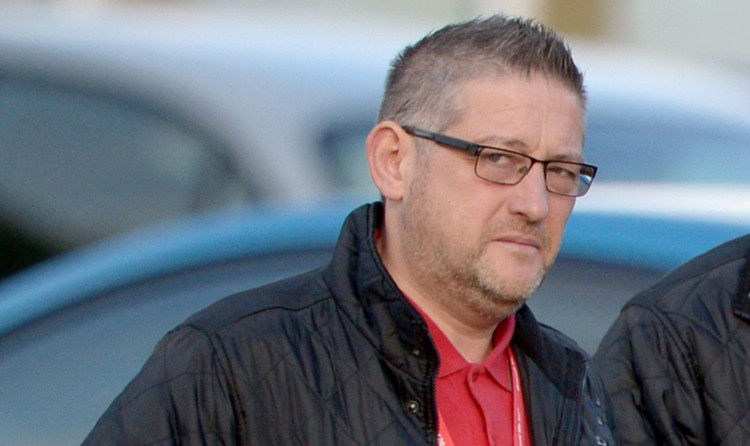The Prime Minister has been challenged to repeat comments he made in the House of Commons about a union official, “to see what the courts make of them”.
David Cameron told MPs at Prime Minister’s Questions that Stevie Deans of Unite was a “rogue” operator, who nearly brought the Scottish petrochemical industry to its “knees”.
The Prime Minister called on Labour to conduct an inquiry into the saga, following this week’s resignation from his job by Mr Deans.
He had been suspended while the site’s owner, Ineos, investigated his involvement in the row over the selection of a Labour candidate in the Falkirk constituency.
Management were looking at claims that he used company time for union business. The company threatened to close its petrochemical site but decided to keep it open after Unite accepted changes to pay, pensions and other terms and conditions.
Mr Cameron continued to comment on the controversy during a visit to Wolverhampton, when he said a newspaper allegation claiming Unite had been involved in bullying and intimidation against senior managers at Ineos was “quite shocking.”
He said: “Of course people have a right to protest. Of course trade unions have a right to represent their members and to take industrial action. Those are rights and they’re important rights, but no-one has a right to intimidate, nobody has a right to bully, nobody has a right to threaten people’s families, no one has a right to threaten people in their homes and if these things have happened it is very serious and needs to be properly examined.
“We shouldn’t forget that the union action at Grangemouth was in danger of killing off an absolutely vital industry for Scotland and for the UK. So I think we need to have these actions properly investigated and I think also the Labour Party does need to investigate what has been happening with the Unite union not least because the person in question is still chairman of the Falkirk Labour Party.”
Len McCluskey, general secretary of Unite, said: “The Bullingdon bully who used parliamentary privilege to hound a decent trade unionist yesterday should not be lecturing others. He should make those comments outside of the Commons and then see what the courts make of them.
“The Prime Minister’s continued smearing of a decent man, Stevie Deans, who has lost his job and whose family are under siege – and who has done nothing wrong – shames his office.
“David Cameron should know that it was not union action which shut down the Grangemouth refinery, but management decision. Unite is working to give that plant a future – statesmanship would involve trying to calm the situation, not to wind it up with provocative comments just because Lynton Crosby (Conservative elections advisor) tells him that’s the advantageous thing to do.”
Labour leader Ed Miliband hit out at the use of “intimidatory tactics”.
He said: “I condemn intimidatory tactics. It is not how industrial disputes should be conducted.
“This is true for unions just as it is true for employers.”
